Common Foodborne Pathogens
The U.S. Public Health Service has identified the following microorganisms as being the biggest culprits of foodborne illness, either because of the severity of the sickness or the number of cases of illness they cause. Beware of these pathogens: Fight BAC!®
Campylobacter
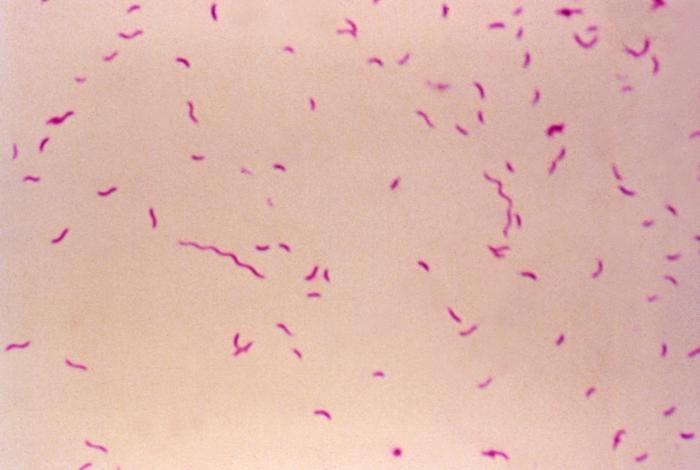
Campylobacter is the second most common bacterial cause of diarrhea in the United States.
Sources of Campylobacter: raw and undercooked poultry and other meat, raw milk and untreated water.
Clostridium botulinum
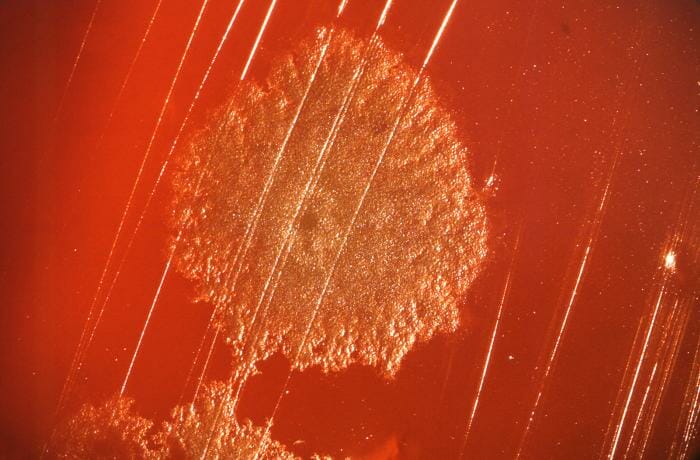
Clostridium botulinum produces a toxin which causes botulism, a life-threatening illness that can prevent the breathing muscles from moving air in and out of the lungs.
Sources of Clostridium botulinum: improperly prepared home-canned foods; honey should not be fed to children less than 12 months old.
E. coli O157:H7
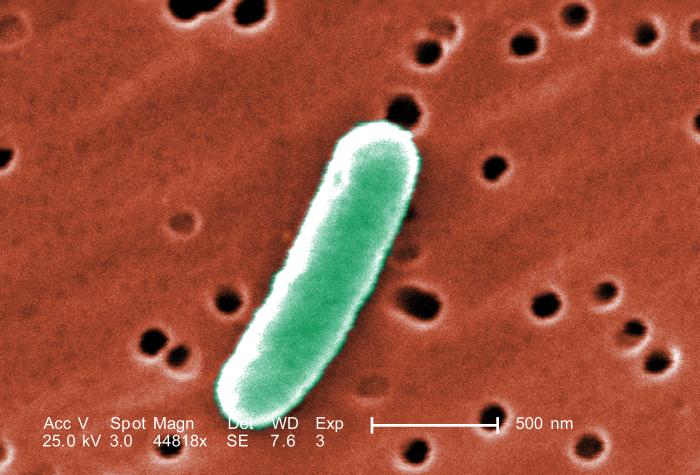
E. coli O157:H6 is a bacterium that can produce a deadly toxin and causes approximately 73,000 cases of foodborne illness each year in the U.S.
Sources of E. coli O157:H7: beef, especially undercooked or raw hamburger; produce; raw milk; and unpasteurized juices and ciders.
Listeria monocytogenes
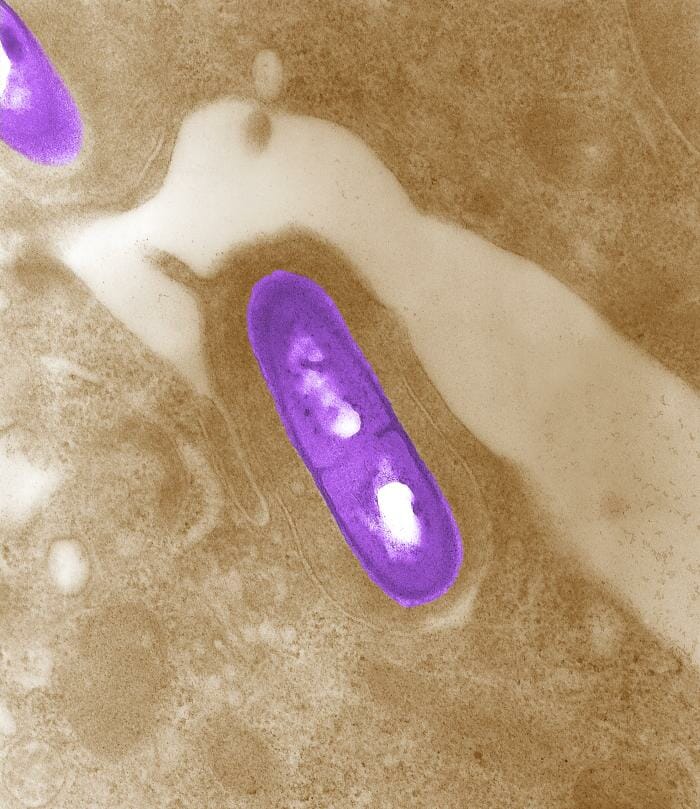
Listeria monocytogenes causes listeriosis, a serious disease for pregnant women, newborns, and adults with a weakened immune system.
Sources of Listeria monocytogenes: unpasteurized dairy products, including soft cheeses; sliced deli meats; smoked fish; hot dogs; pate’; and deli-prepared salads (i.e. egg, ham, seafood, and chicken salads).
Norovirus
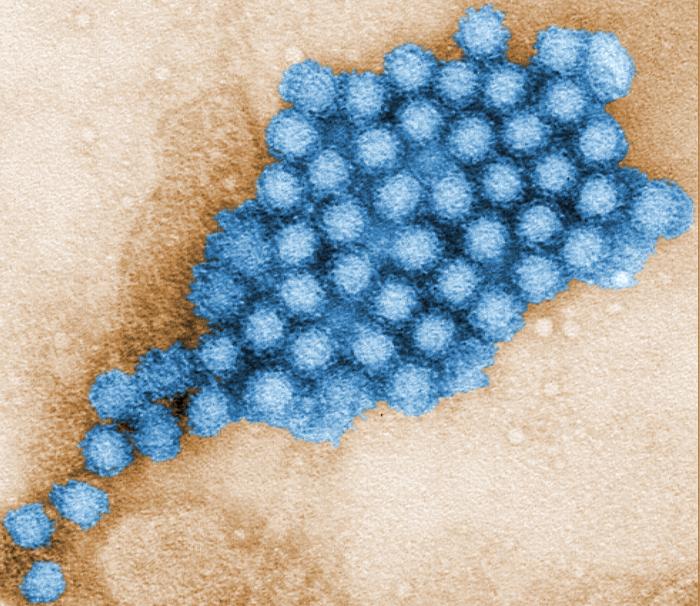
Norovirus is the leading viral cause of diarrhea in the United States. Poor hygiene causes Norovirus to be easily passed from person to person and from infected individuals to food items.
Sources of Norovirus: Any food contaminated by someone who is infected with this virus.
Salmonella
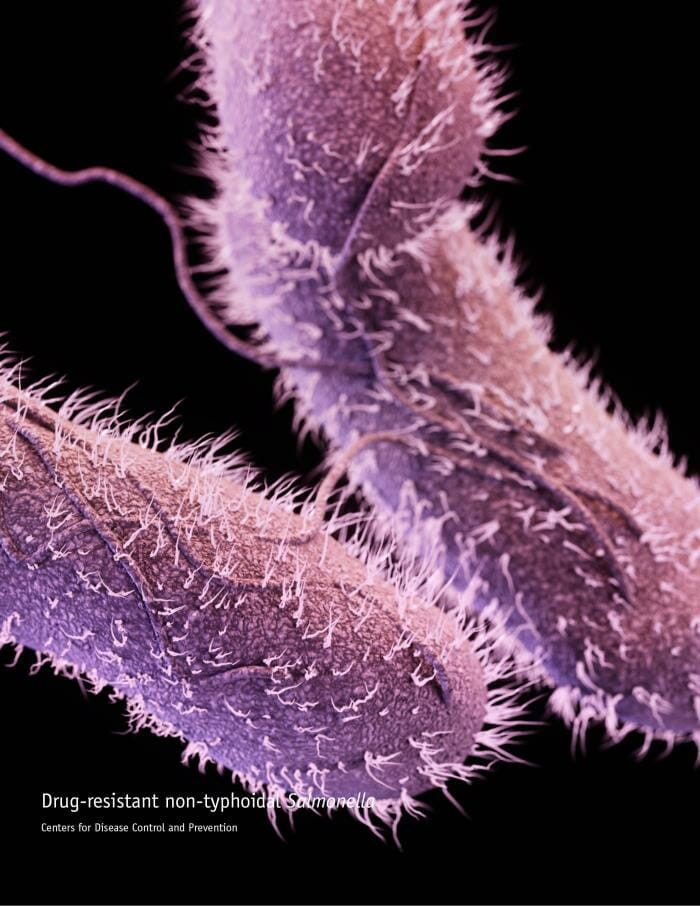
Salmonella is the most common bacterial cause of diarrhea in the United States, and the most common cause of foodborne deaths. Responsible for 1.4 million cases of foodborne illness a year.
Sources of Salmonella: raw and undercooked eggs, undercooked poultry and meat, fresh fruits and vegetables, and unpasteurized dairy products.
Staphylococcus aureus
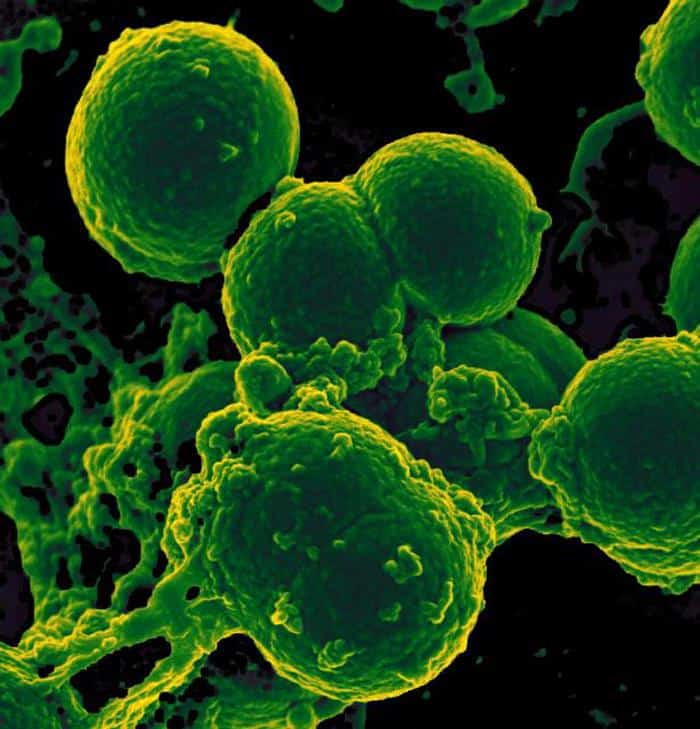
Staphylococcus aureus is a bacterium that produces a toxin that causes vomiting shortly after being ingested.
Sources of Staphylococcus aureus: cooked foods high in protein (e.g. cooked ham, salads, bakery products, dairy products) that are held too long at room temperature.
Shigella
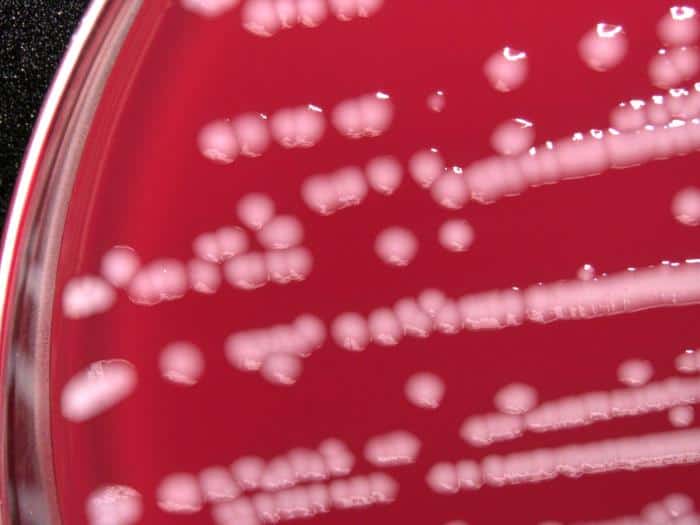
Shigella causes an estimated 448,000 cases of diarrhea illnesses per year. Poor hygiene causes Shigella to be easily passed from person to person and from infected individuals to food items.
Sources of Shigella: salads, unclean water, and any food handled by someone who is infected with the bacterium.
Toxoplasma gondii
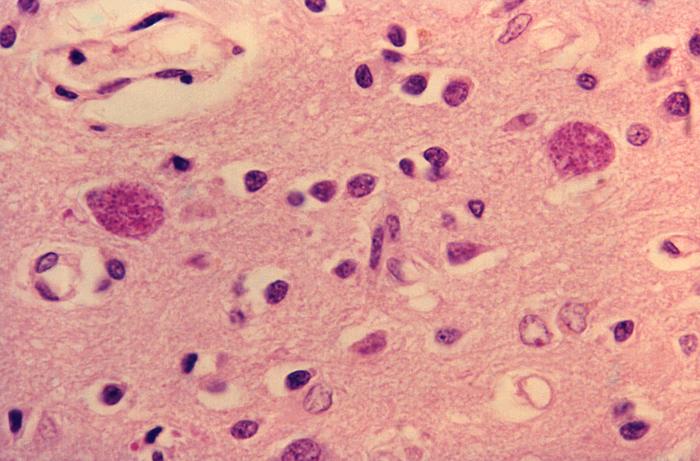
Toxoplasma gondii is a parasite that causes toxoplasmosis, a very severe disease that can produce central nervous system disorders particularly mental retardation and visual impairment in children. Pregnant women and people with weakened immune systems are at higher risk.
Sources of Toxoplasma gondii: raw or undercooked pork.
Vibrio vulnificus
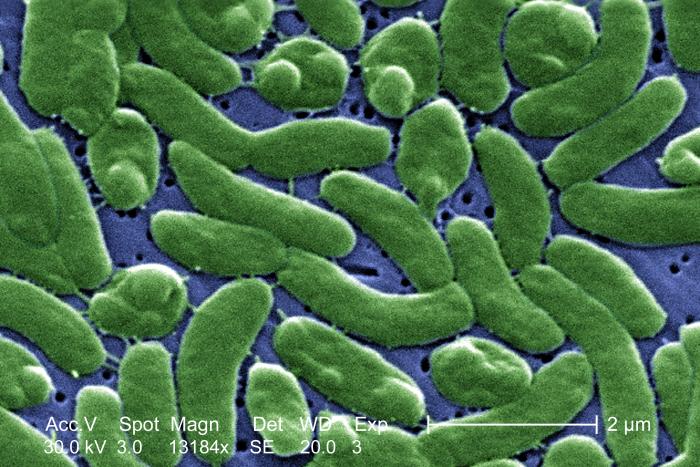
Vibrio vulnificus causes gastroenteritis, wound infection, and severe bloodstream infections. People with liver diseases are especially at high risk.
Sources of Vibrio vulnificus: raw or undercooked seafood, particularly shellfish.
Campylobacter

Campylobacter is the second most common bacterial cause of diarrhea in the United States.
Sources of Campylobacter: raw and undercooked poultry and other meat, raw milk and untreated water.
Clostridium botulinum

Clostridium botulinum produces a toxin which causes botulism, a life-threatening illness that can prevent the breathing muscles from moving air in and out of the lungs.
Sources of Clostridium botulinum: improperly prepared home-canned foods; honey should not be fed to children less than 12 months old.
E. coli O157:H7

E. coli O157:H6 is a bacterium that can produce a deadly toxin and causes approximately 73,000 cases of foodborne illness each year in the U.S.
Sources of E. coli O157:H7: beef, especially undercooked or raw hamburger; produce; raw milk; and unpasteurized juices and ciders.
Listeria monocytogenes

Listeria monocytogenes causes listeriosis, a serious disease for pregnant women, newborns, and adults with a weakened immune system.
Sources of Listeria monocytogenes: unpasteurized dairy products, including soft cheeses; sliced deli meats; smoked fish; hot dogs; pate’; and deli-prepared salads (i.e. egg, ham, seafood, and chicken salads).
Norovirus

Norovirus is the leading viral cause of diarrhea in the United States. Poor hygiene causes Norovirus to be easily passed from person to person and from infected individuals to food items.
Sources of Norovirus: Any food contaminated by someone who is infected with this virus.
Salmonella

Salmonella is the most common bacterial cause of diarrhea in the United States, and the most common cause of foodborne deaths. Responsible for 1.4 million cases of foodborne illness a year.
Sources of Salmonella: raw and undercooked eggs, undercooked poultry and meat, fresh fruits and vegetables, and unpasteurized dairy products.
Staphylococcus aureus

Staphylococcus aureus is a bacterium that produces a toxin that causes vomiting shortly after being ingested.
Sources of Staphylococcus aureus: cooked foods high in protein (e.g. cooked ham, salads, bakery products, dairy products) that are held too long at room temperature.
Shigella

Shigella causes an estimated 448,000 cases of diarrhea illnesses per year. Poor hygiene causes Shigella to be easily passed from person to person and from infected individuals to food items.
Sources of Shigella: salads, unclean water, and any food handled by someone who is infected with the bacterium.
Toxoplasma gondii

Toxoplasma gondii is a parasite that causes toxoplasmosis, a very severe disease that can produce central nervous system disorders particularly mental retardation and visual impairment in children. Pregnant women and people with weakened immune systems are at higher risk.
Sources of Toxoplasma gondii: raw or undercooked pork.
Vibrio vulnificus

Vibrio vulnificus causes gastroenteritis, wound infection, and severe bloodstream infections. People with liver diseases are especially at high risk.
Sources of Vibrio vulnificus: raw or undercooked seafood, particularly shellfish.
*Images courtesy of the Centers for Disease Control Public Health Image Library.